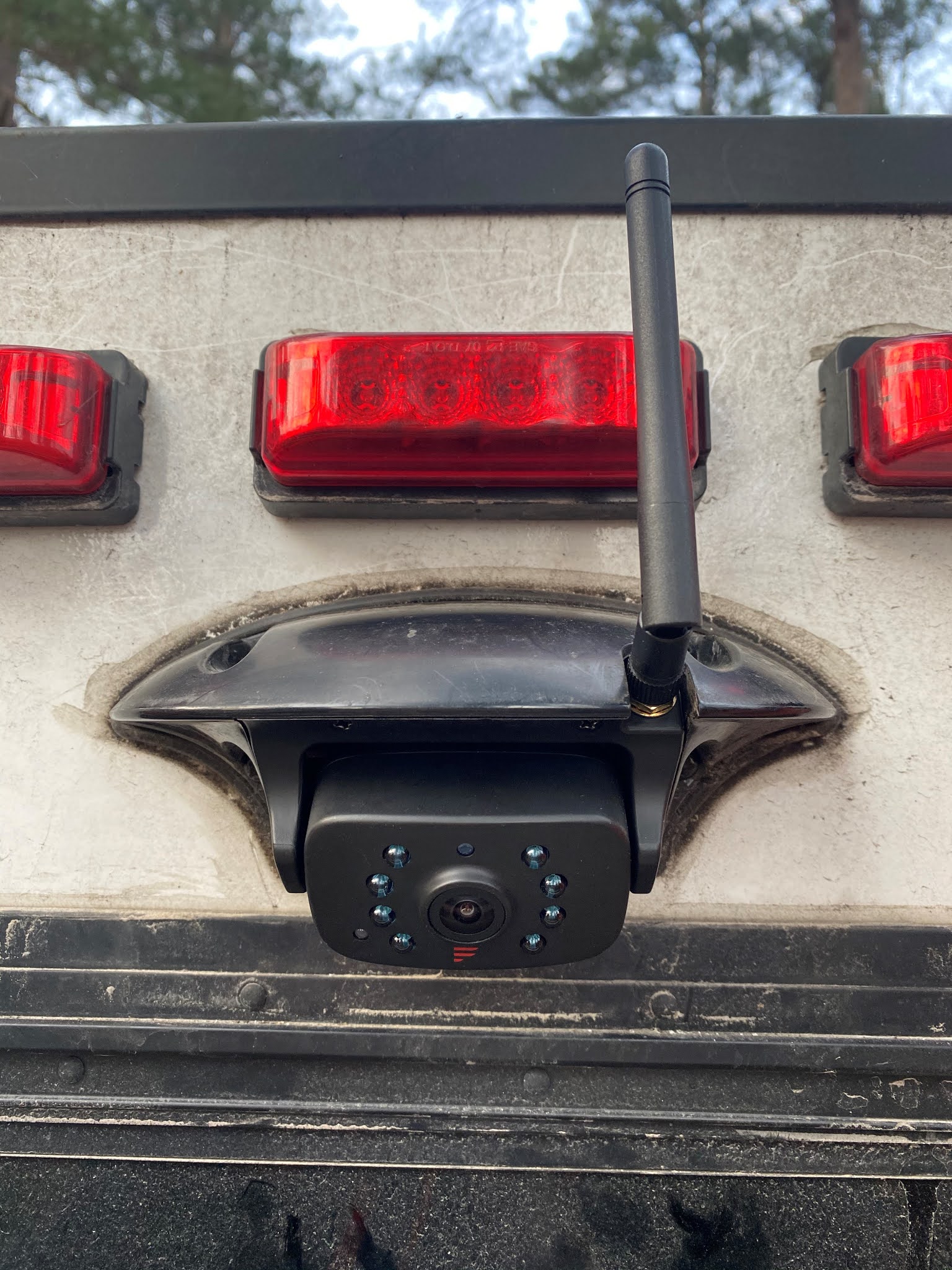Conquer the Campground: Mastering RV Trailer Backing
The open road beckons, promising adventure and freedom. But before you can bask in the glory of your campsite, there's a challenge that awaits many RV newbies: backing up that trailer. It's a rite of passage, a skill that separates the seasoned campers from the novices. The image of a frustrated driver, struggling to maneuver their rig into a tight spot, is a familiar one. This guide aims to demystify the process, providing you with the tools and techniques to conquer the campground and park your RV trailer with confidence.
Reversing an RV trailer can feel counterintuitive. The trailer responds opposite to how you'd expect, adding a layer of complexity to the task. This skill isn't innate; it's learned and honed through practice. Understanding the dynamics at play is the first step toward mastering the art of trailer backing.
While the modern RV trailer has its roots in the early 20th century, the fundamental principles of maneuvering them haven't changed much. Early trailers were simpler, smaller, and often towed by less powerful vehicles. As RVs have evolved, becoming larger and more sophisticated, the importance of proper backing techniques has only increased. Successfully reversing your trailer prevents damage, ensures safety, and reduces stress, allowing you to start your camping trip on the right foot.
One of the main issues related to reversing an RV trailer is the disconnect between the driver's perspective and the trailer's movement. The pivot point, where the trailer connects to the tow vehicle, creates a unique relationship between steering input and trailer response. This requires a different approach than backing up a car. Over-steering, under-steering, and misjudging distances are common pitfalls that can lead to frustration and even accidents. Learning to anticipate the trailer's reaction is crucial.
Before you begin, let's define some key terms. The "pivot point" is the point where the trailer connects to the tow vehicle's hitch. "Jackknifing" refers to bending the trailer and tow vehicle at an acute angle, a situation you want to avoid. "Spotting" involves having someone guide you while backing up, providing an extra set of eyes to help navigate tight spaces.
One benefit of mastering RV trailer backing is increased confidence. Being able to navigate your rig in reverse allows you to access a wider range of campsites and handle challenging parking situations. Imagine confidently pulling into a crowded campground without the fear of holding up traffic. Another benefit is improved safety. Proper backing techniques minimize the risk of accidents and damage to your RV and surrounding property. Finally, efficient backing saves time and reduces stress. You'll be able to set up camp quickly and enjoy your vacation instead of wrestling with your trailer.
Action plan: Practice in a large, empty parking lot before heading to a campground. Set up cones or markers to simulate a campsite. Start with small maneuvers and gradually increase the difficulty. Get a feel for the relationship between steering wheel input and the trailer's response.
Step-by-step guide: 1. Place your hand at the bottom of the steering wheel. 2. To move the trailer to the left, move your hand to the left. 3. To move the trailer to the right, move your hand to the right. 4. Make small adjustments and constantly check your mirrors.
Advantages and Disadvantages of Backing an RV Trailer
| Advantages | Disadvantages |
|---|---|
| Increased confidence | Requires practice and patience |
| Improved safety | Can be stressful for beginners |
| Efficient setup | Potential for damage if done incorrectly |
Best Practices: 1. Use a spotter. 2. Take your time. 3. Make small adjustments. 4. Check your mirrors constantly. 5. Practice regularly.
Challenges and Solutions: 1. Jackknifing - Solution: Straighten out and start again. 2. Over-steering - Solution: Make smaller adjustments. 3. Limited visibility - Solution: Use a spotter and convex mirrors.
FAQs: 1. What's the best way to learn? Practice! 2. How do I avoid jackknifing? Make small steering adjustments.
Tips and Tricks: Use walkie-talkies to communicate with your spotter. Practice backing up in both directions.
Mastering the art of backing an RV trailer is an essential skill for any RV enthusiast. It opens up a world of camping possibilities, allowing you to confidently navigate challenging terrain and access a wider range of campsites. The initial learning curve might seem daunting, but with practice, patience, and the right techniques, you can conquer this skill and enjoy the freedom and adventure that RVing has to offer. The benefits of confident and efficient backing go far beyond simply parking your trailer; it enhances safety, reduces stress, and ultimately contributes to a more enjoyable camping experience. So, take the time to practice, learn from your mistakes, and embrace the challenge. The open road awaits, and the campground will be your oyster.
The untold story of amarals ex wife
Unlocking computer science fundamentals form 3 chapter 1
Perfect white paint sherwin williams colors online guide













